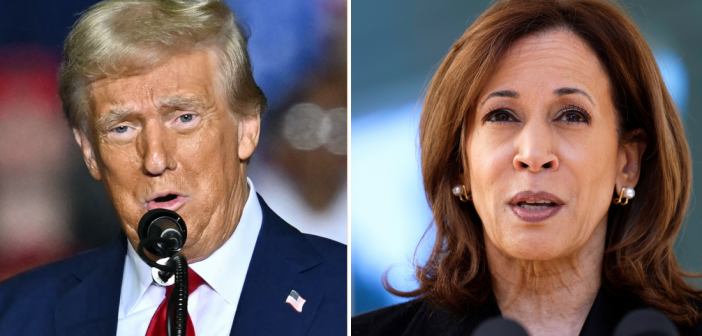As the 2024 U.S. election unfolds, the potential presidencies of Donald Trump and Kamala Harris carry distinct implications for U.S.-India relations, particularly in areas of trade, defense, technology, and geopolitical alliances. Both candidates would likely continue prioritizing U.S.-India ties given India’s strategic importance in counterbalancing China’s influence. However, their approaches would diverge in ways that could shift the dynamics of this vital partnership.
Under a Trump Presidency: Donald Trump’s focus on “America First” policies could reignite certain protectionist trade measures. During his first term, he imposed tariffs on Indian exports and removed India’s preferential trade status, challenging India-U.S. trade relations. Analysts anticipate that Trump’s return might revive similar stances, possibly impacting sectors like steel, aluminum, and technology exports from India. Nevertheless, Trump’s assertive stance toward China aligns with India’s strategic goals, particularly in the Indo-Pacific, where India and the U.S. have collaborated on initiatives like the Quad alliance alongside Japan and Australia..
Trump’s administration is likely to emphasize strengthening defense ties and joint military exercises, benefiting India’s position in the region. However, restrictive immigration policies, particularly for H-1B visas, could affect India’s tech workforce in the U.S., which may spark tension in the broader relationship.
Under a Harris Presidency: Kamala Harris, with her Indian heritage, may approach India-U.S. relations with a more nuanced understanding of India’s domestic and regional challenges. Harris is expected to focus on building multilateral alliances and advocating for human rights—potentially adding complexities to the relationship if U.S. policy pressures India on issues such as Kashmir or minority rights. Economically, Harris would likely favor a less confrontational approach than Trump on trade, possibly reducing tariff pressures and exploring opportunities for increased digital and green energy partnerships. A Harris administration would also likely work closely with India on climate initiatives, given her emphasis on sustainability and global environmental standards.
In both scenarios, India’s role as a democratic ally and strategic counterweight in Asia remains central. The potential differences between a Trump and Harris presidency highlight how trade, human rights, and immigration issues could shape the specific trajectory of the U.S.-India partnership, even as both leaders maintain a commitment to security and economic collaboration. The evolving geopolitical landscape, especially with China’s rise, ensures that both candidates will view India as an indispensable partner, albeit with differing priorities and approaches.





